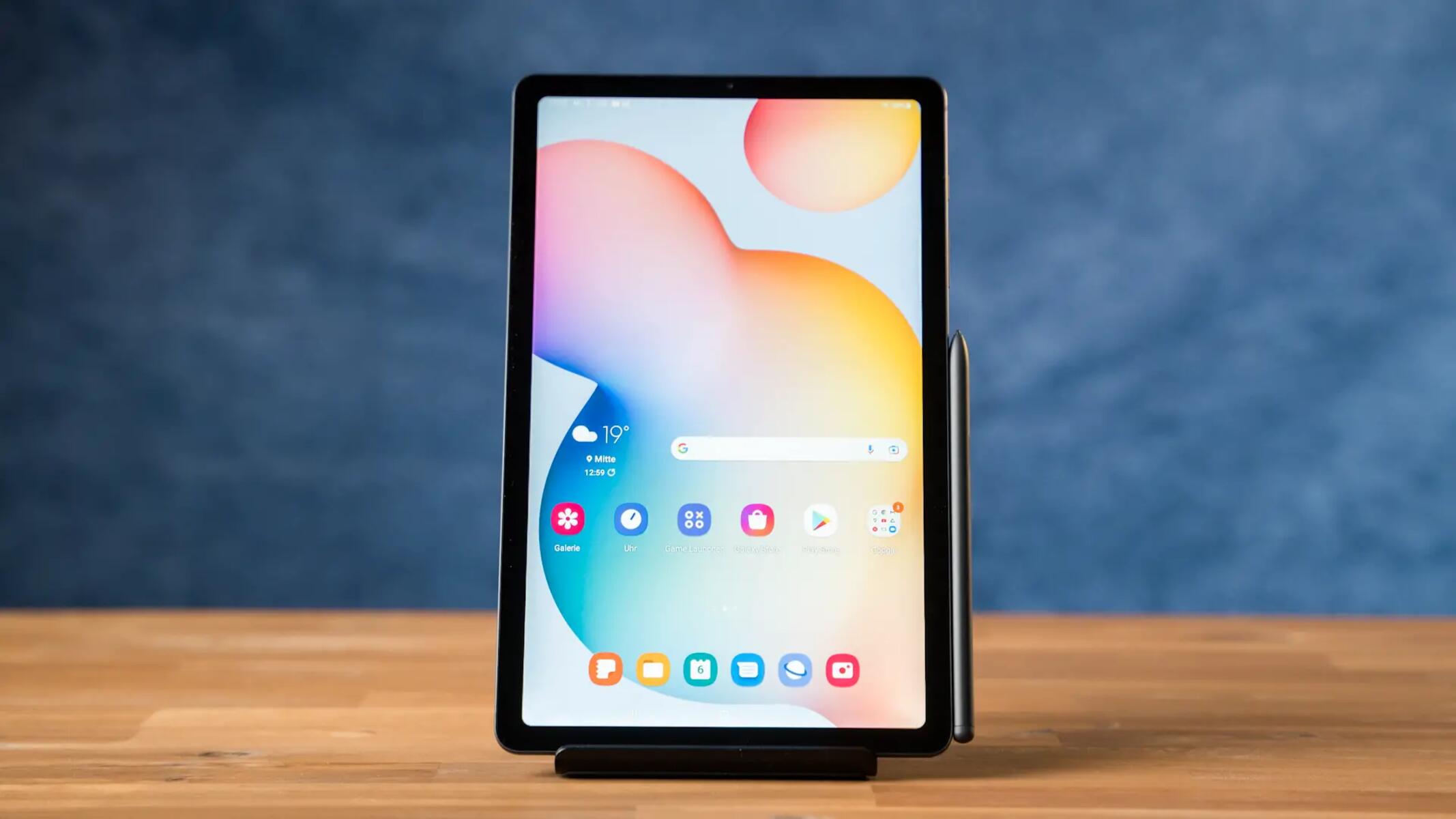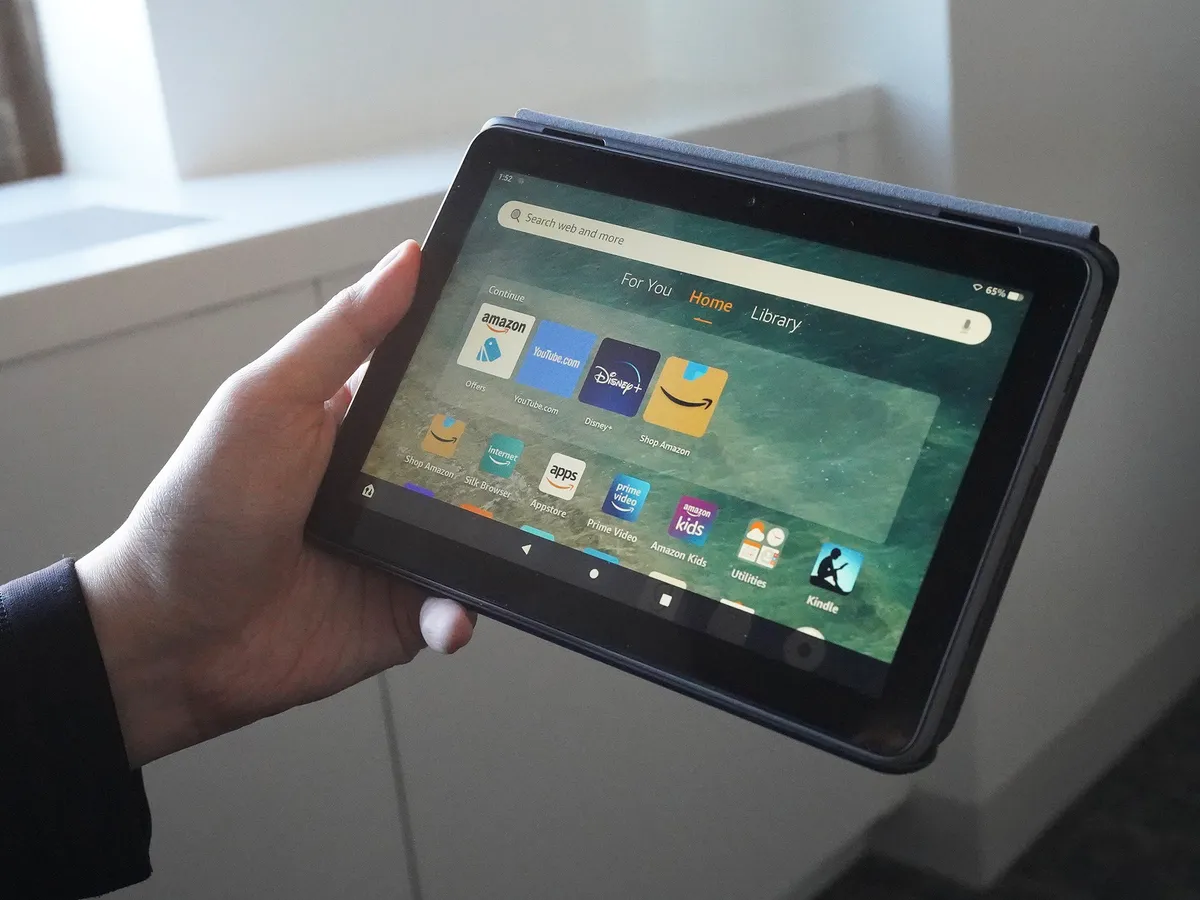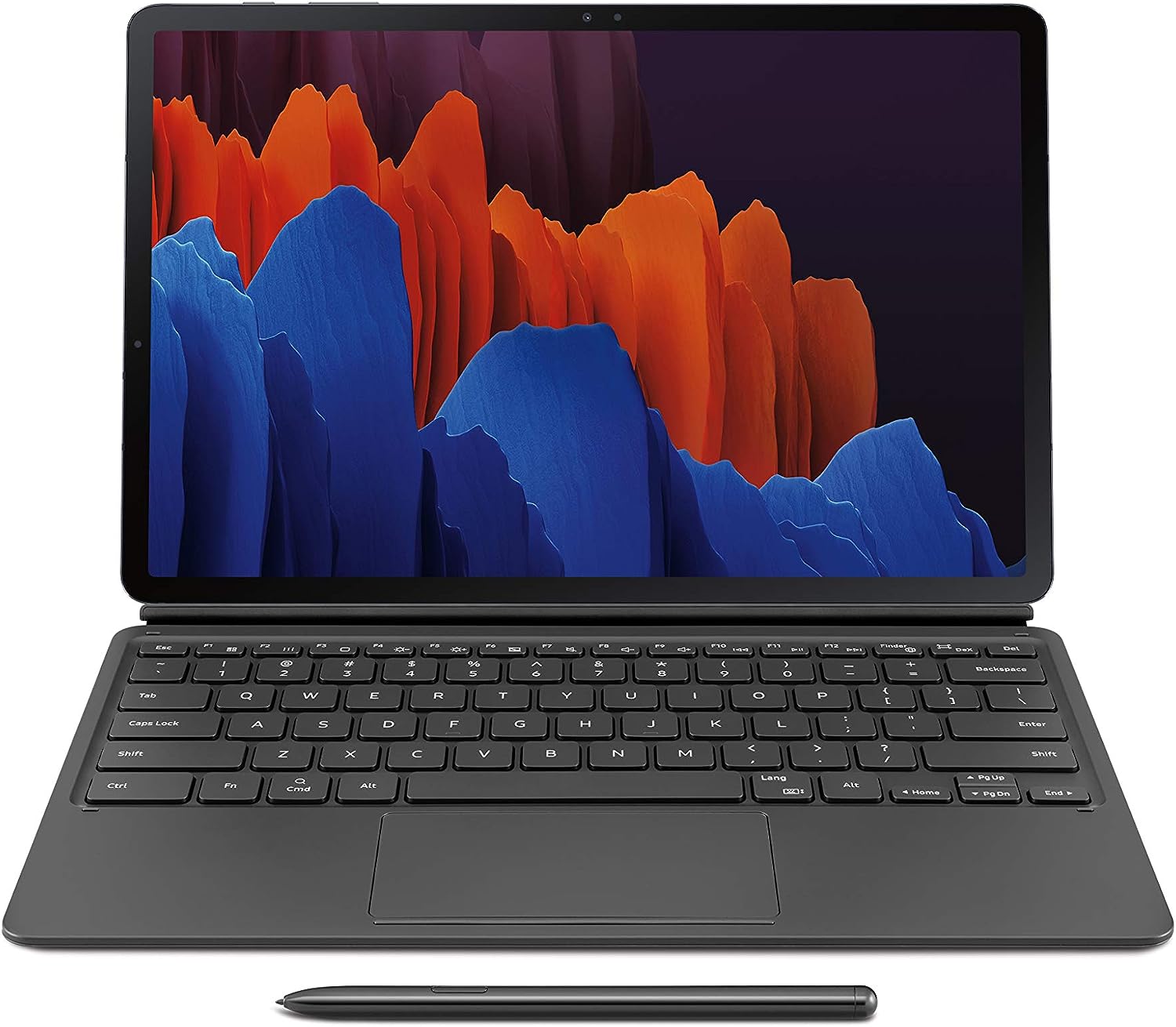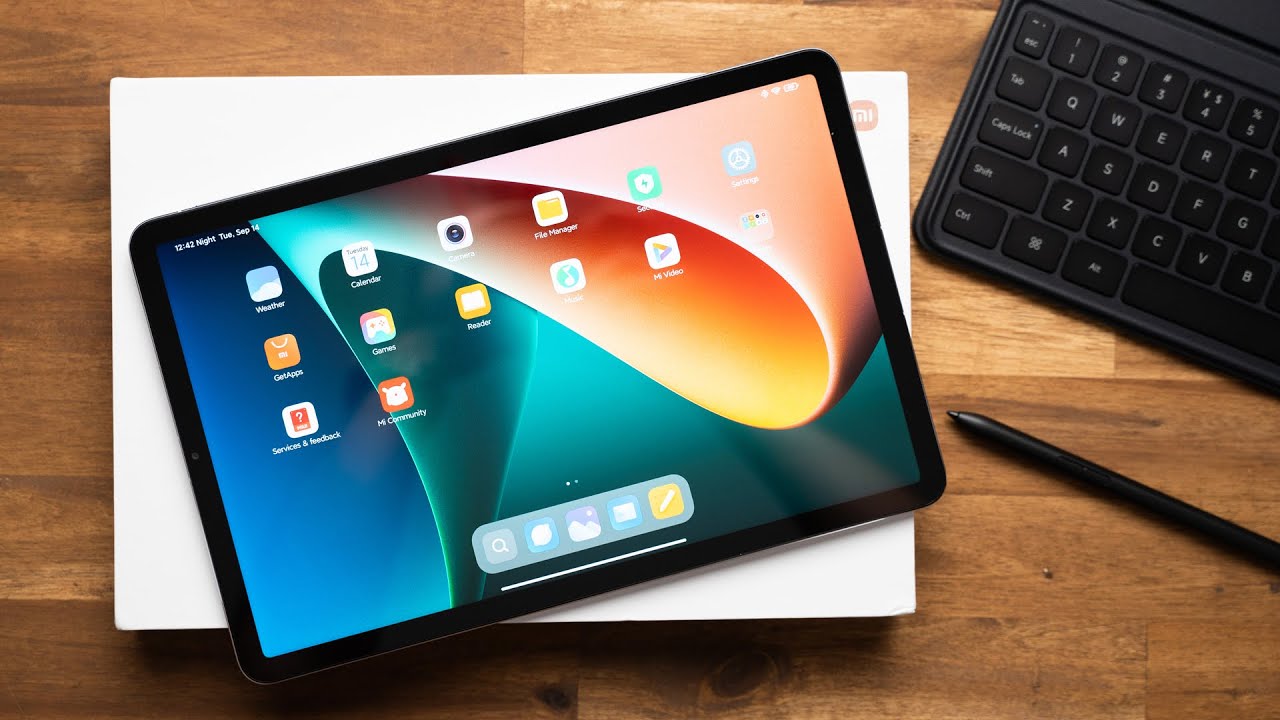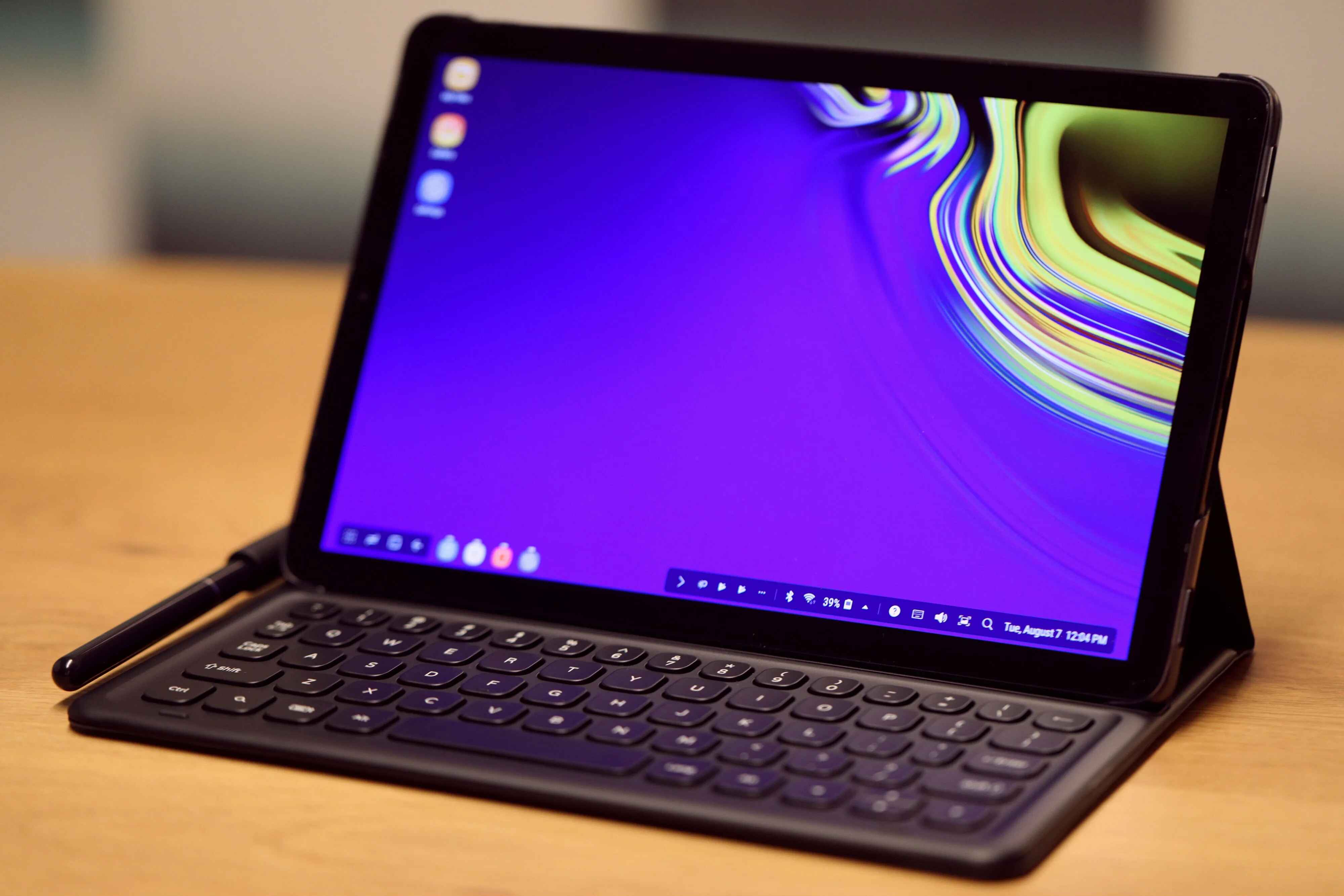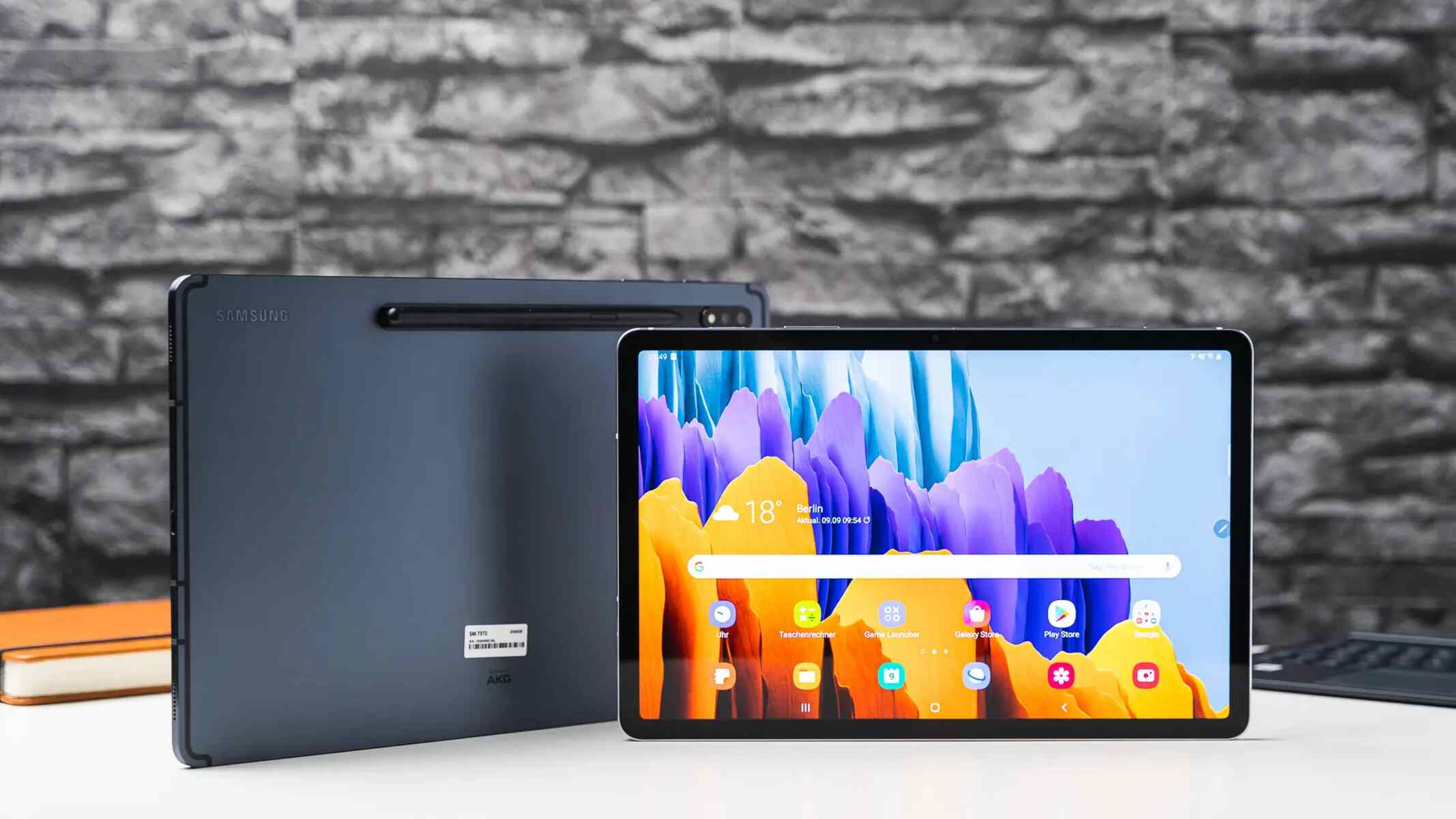Introduction
Welcome to the world of Samsung tablets, where technology meets convenience and functionality. Whether you are a student, a professional, or simply enjoy the versatility of a tablet, Samsung offers a range of options to suit your needs. As a savvy consumer, you may wonder, “How long does a Samsung tablet last?”.
The lifespan of a Samsung tablet can vary depending on several factors. These factors include the model of the tablet, the usage patterns, maintenance and care, and technological advancements. In this article, we will explore these factors in detail, providing you with insights on how to prolong the lifespan of your Samsung tablet.
Understanding the lifespan of a Samsung tablet is essential for making informed purchasing decisions and ensuring that you get the most out of your device. Whether you’re considering buying a new tablet or looking to maintain your current one, this article aims to provide you with valuable information to help you make the best choices.
So, let’s delve into the factors that influence the longevity of a Samsung tablet.
Factors that influence the lifespan of a Samsung tablet
Several factors can impact the lifespan of a Samsung tablet. It is important to consider these factors to ensure that your device performs optimally and lasts as long as possible.
1. Build quality: The build quality of a Samsung tablet greatly influences its durability. Tablets with sturdy materials and solid construction are more likely to withstand daily wear and tear.
2. Usage patterns: The way you use your tablet can also affect its lifespan. Heavy usage, such as playing graphics-intensive games or running resource-demanding applications, can put strain on the device and potentially shorten its lifespan. On the other hand, moderate and balanced usage can help prolong its longevity.
3. Battery life: The battery is a critical component of any tablet. Over time, the battery capacity may degrade, resulting in shorter usage time. However, with proper charging habits and regular maintenance, you can extend the battery life and ultimately the lifespan of your Samsung tablet.
4. Maintenance and care: Regular maintenance and proper care can significantly impact the lifespan of your tablet. Keeping the device clean, protecting it from physical damage, and regularly updating software and security patches can help prolong its lifespan.
5. Technological advancements: As technology advances, new features and functionalities are introduced in the market. While this is exciting for tech enthusiasts, it can also lead to shorter lifespans, as newer models with improved hardware and software capabilities become available.
By considering these factors and taking proactive measures, you can help ensure that your Samsung tablet delivers reliable performance for years to come. In the next sections, we will explore the average lifespan of different Samsung tablet models and provide useful tips for prolonging the lifespan of your tablet.
Average lifespan of different Samsung tablet models
The lifespan of a Samsung tablet can vary depending on the specific model and its technological specifications. While it is challenging to provide an exact lifespan for each tablet model, we can discuss the typical lifespan based on various factors.
1. Entry-level tablets: Entry-level Samsung tablets, such as the Galaxy Tab A series, are designed to offer basic functionality at an affordable price. These tablets typically have a lifespan ranging from 2 to 4 years, depending on usage and maintenance.
2. Mid-range tablets: Mid-range tablets, like the Galaxy Tab S series, provide a balance between performance and affordability. With better hardware and software capabilities, these tablets can last around 3 to 5 years with proper care and regular software updates.
3. High-end tablets: High-end tablets, such as the Galaxy Tab S7 and S7+, offer top-of-the-line features and powerful performance. These tablets are built to withstand heavy usage and may have a longer lifespan of 4 to 6 years, depending on usage patterns and maintenance.
It is important to note that these lifespans are approximate and can vary based on individual usage, care, and technological advancements. Additionally, software support from Samsung, such as operating system updates and security patches, can also affect the lifespan of a tablet.
It’s always a good idea to research the specific model you are interested in and read user reviews to get an idea of how long the device is expected to last. Remember that proper maintenance, regular updates, and responsible usage habits can help extend the lifespan of any Samsung tablet.
In the next section, we will explore some practical tips for prolonging the lifespan of your Samsung tablet.
Tips for prolonging the lifespan of your Samsung tablet
To ensure that your Samsung tablet lasts as long as possible, consider implementing the following tips:
- Use a protective case: Investing in a high-quality protective case can safeguard your tablet from accidental drops, scratches, and other physical damage.
- Keep it clean: Regularly clean the screen and body of your tablet using a soft, lint-free cloth. Avoid using harsh cleaning agents that can damage the device.
- Avoid extreme temperatures: Exposure to extreme temperatures (hot or cold) can affect the performance and battery life of your tablet. Keep it in a moderate temperature environment.
- Charge wisely: Follow the manufacturer’s guidelines for charging your tablet. Avoid overcharging or letting the battery completely drain, as this can degrade the battery life over time.
- Update software: Regularly update the operating system and applications on your tablet to benefit from bug fixes, security patches, and performance improvements.
- Manage storage: Optimize your tablet’s storage by regularly deleting unnecessary files, apps, and media. This helps maintain optimal performance and prevents storage-related issues.
- Avoid excessive multitasking: While multitasking can be convenient, excessive multitasking can strain the tablet’s resources and potentially shorten its lifespan. Close unused apps and limit background processes for smoother performance.
- Be cautious with liquids: Keep liquids away from your tablet to prevent accidental spills that can damage the internal components.
- Handle with care: Be gentle when using and carrying your tablet. Avoid placing heavy objects on top of it and refrain from applying excessive pressure on the screen.
By implementing these tips, you can significantly prolong the lifespan of your Samsung tablet. Remember to adhere to these practices consistently to enjoy a reliable and long-lasting device.
In the next section, we will discuss some common issues that may affect the longevity of a Samsung tablet.
Common issues that may affect the longevity of a Samsung tablet
While Samsung tablets are known for their durability and reliability, there are some common issues that may affect their longevity. Being aware of these issues can help you take proactive measures to address them and prolong the lifespan of your tablet.
- Screen damage: One of the most common issues is screen damage due to accidental drops or impacts. To prevent this, using a protective case and being careful when handling the tablet can help minimize the risk.
- Battery degradation: Over time, the battery capacity of a tablet may degrade, resulting in shorter battery life. This is a natural process, but excessive heat or overcharging can accelerate battery degradation. Following proper charging practices can help mitigate this issue.
- Software slowdowns: As technology advances, software updates may bring new features and improvements. However, older tablets may struggle to handle the updated software, leading to performance slowdowns. Clearing cache, optimizing storage, and updating apps can help alleviate this issue.
- Hardware obsolescence: With the rapid advancement of technology, hardware components in older tablets may become outdated, leading to reduced performance and compatibility with newer applications. Upgrading to a newer model may be necessary to stay up-to-date with the latest technology.
- Limited RAM: Tablets with limited RAM may experience lag or difficulties running resource-intensive applications. Closing unused apps and optimizing the tablet’s memory can help mitigate this problem.
- System crashes: Random system crashes or freezes can occur due to various reasons, such as software bugs or conflicts. Regularly installing software updates and performing a factory reset when necessary can help resolve these issues.
- Hardware failures: Though rare, hardware failures can occur in any electronic device. This can include issues with the motherboard, battery, or other internal components. In such cases, seeking professional repair or considering a replacement may be necessary.
By being aware of these common issues and taking the necessary precautions, you can extend the lifespan of your Samsung tablet and minimize the impact of these potential problems.
In the next section, we will discuss whether it is worth repairing a Samsung tablet or if it is better to purchase a new one.
Is it worth repairing a Samsung tablet or should you buy a new one?
When faced with a malfunctioning or damaged Samsung tablet, you may find yourself wondering if it is more cost-effective to repair the device or invest in a new one. Several factors should be considered when making this decision:
1. Extent of damage: Assess the extent of the damage to your tablet. Minor issues like a cracked screen or a worn-out battery can often be repaired at a reasonable cost. However, if the damage is extensive and affects multiple components, it may be more cost-effective to purchase a new tablet.
2. Age of the tablet: Consider the age of your tablet. If it is an older model and nearing the end of its expected lifespan, it may be more practical to invest in a new device that offers updated features and better performance.
3. Cost of repair: Obtain a quote for the repair services and compare it to the price of a new tablet with similar features. If the cost of repair is close to or exceeds the cost of a new tablet, it may be more sensible to opt for a replacement.
4. Future need for upgrades: Consider your future needs and requirements. If you anticipate needing more advanced features or increased processing power, purchasing a new tablet may be a better long-term investment.
5. Manufacturer or warranty coverage: Check if your tablet is still covered under the manufacturer’s warranty or any extended warranty plans. In such cases, necessary repairs may be covered, making it a cost-effective choice.
Ultimately, the decision to repair or replace your Samsung tablet depends on the specific circumstances and your personal preferences. If the repair cost is reasonable, your tablet is relatively new, and you are satisfied with its performance, repairing it may be a viable option. However, if the repair cost is high, your tablet is outdated, or you desire newer features and capabilities, investing in a new tablet may be a wiser choice.
It is recommended to consult with a professional technician or the Samsung support team to get expert advice and assistance in making this decision.
In summary, carefully evaluate the extent of damage, age of the tablet, cost of repair, future needs, and warranty coverage to determine whether repairing or buying a new Samsung tablet is the best course of action.
Summary and final thoughts
In this article, we explored the factors that influence the lifespan of a Samsung tablet, including build quality, usage patterns, battery life, maintenance and care, and technological advancements. We discussed how different tablet models have varying lifespans, with entry-level tablets lasting around 2 to 4 years, mid-range tablets lasting 3 to 5 years, and high-end tablets lasting 4 to 6 years on average.
Additionally, we provided practical tips for prolonging the lifespan of your Samsung tablet, such as using a protective case, keeping it clean, charging wisely, updating software, managing storage, and being cautious with liquids. By following these tips, you can optimize the performance and longevity of your tablet.
We also discussed common issues that may affect the longevity of a Samsung tablet, such as screen damage, battery degradation, software slowdowns, hardware obsolescence, limited RAM, and system crashes. Being aware of these issues can help you take proactive measures to mitigate their impact.
Lastly, we examined the decision of whether to repair a Samsung tablet or purchase a new one. Factors such as the extent of damage, age of the tablet, cost of repair, future needs, and warranty coverage should be considered when making this decision.
In summary, it is essential to understand that the lifespan of a Samsung tablet can vary based on various factors. By taking good care of your tablet, staying updated with software, and considering repairs or replacements wisely, you can maximize the lifespan and enjoyment of your Samsung tablet.
Remember to conduct your own research and consult with professionals for specific advice regarding your Samsung tablet. With proper maintenance and responsible usage, your Samsung tablet can serve you well for years to come.









